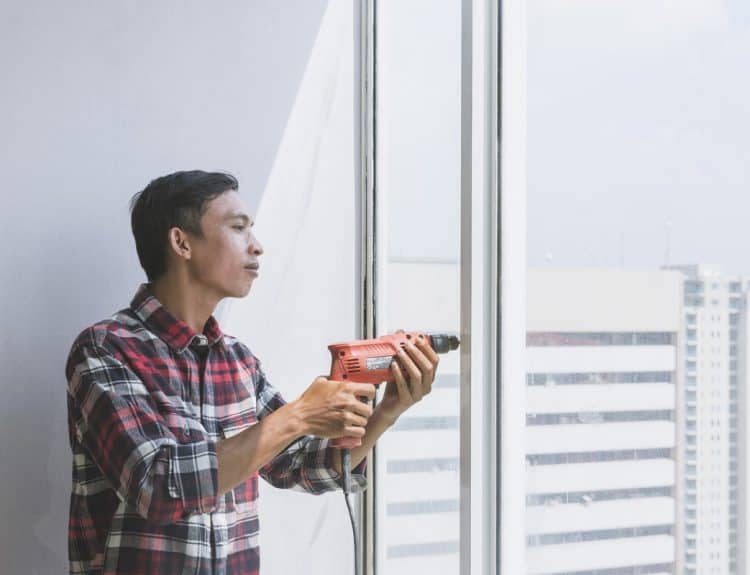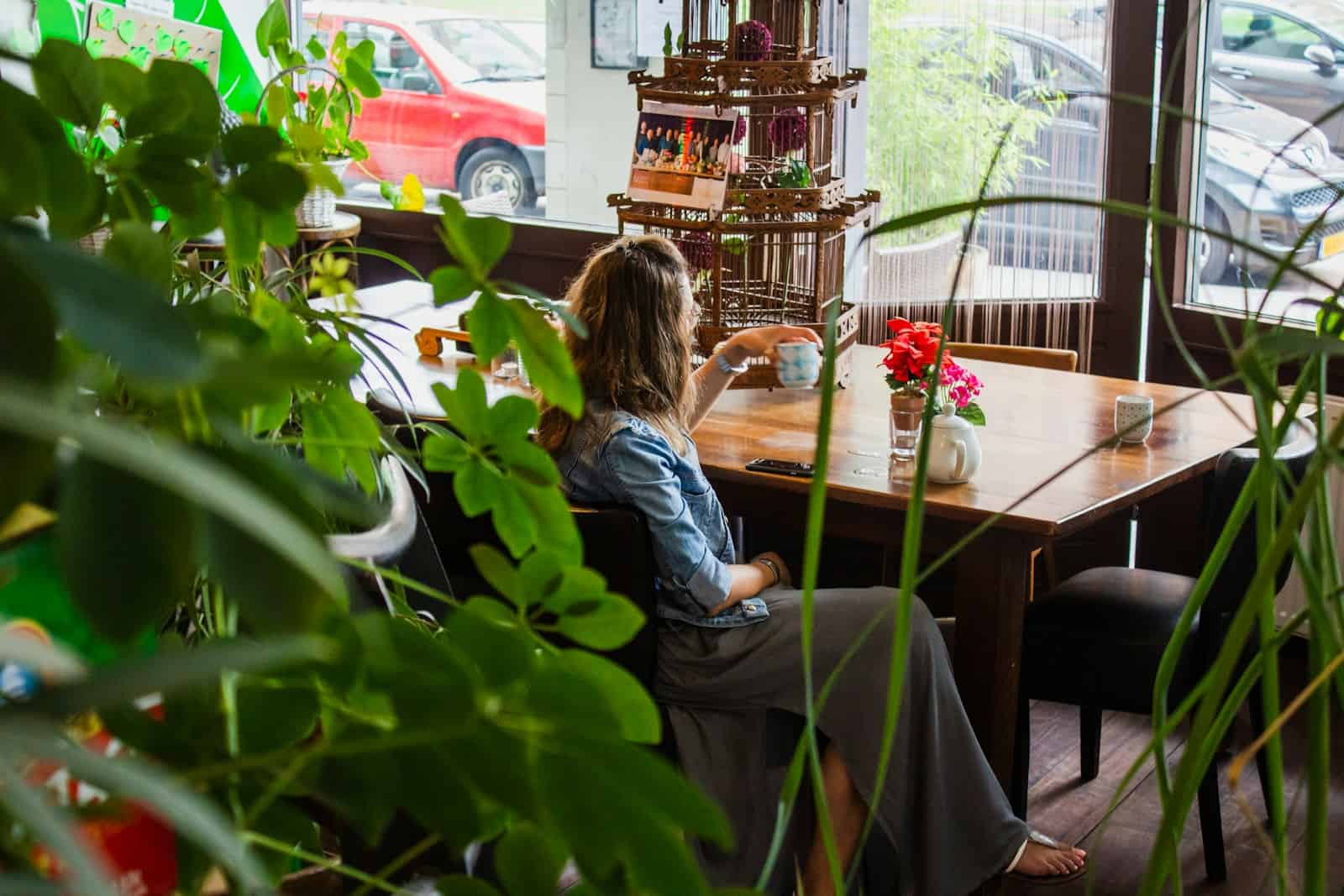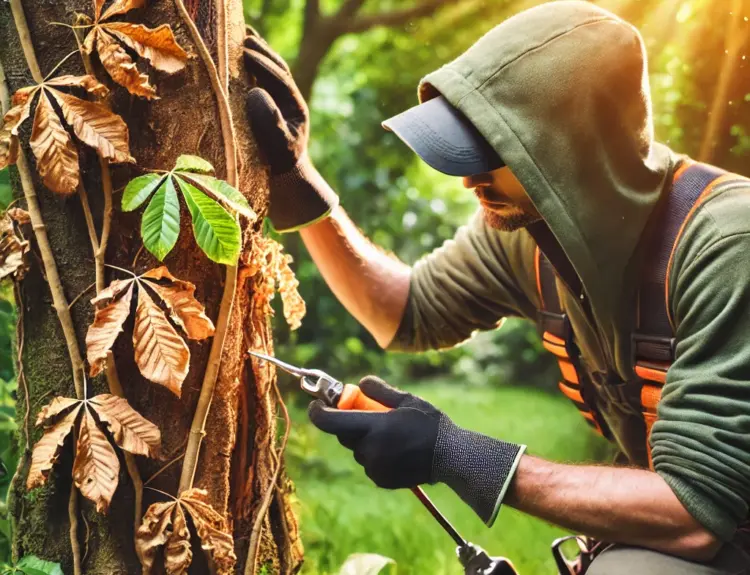Table of Contents
- Understanding the Importance of Masonry Waterproofing
- The Science Behind Masonry Waterproofing
- The Role of Masonry Waterproofing in Historic Conservation
- Masonry Waterproofing: A Guide to Best Practices
- Innovation in Masonry Waterproofing Technologies
- The Economic Impact of Effective Waterproofing
- Global Trends in Masonry Waterproofing
- DIY Waterproofing: When to Call the Professionals
- Waterproofing Myths Debunked
- Waterproofing Your Home: Health and Safety Considerations
Key Takeaways
- Necessity and methods of masonry waterproofing in preserving buildings’ aesthetic and structural integrity.
- The historical significance of masonry waterproofing in conservation efforts and how modern techniques integrate with heritage sites.
- Discussion on the latest sustainable innovations in waterproofing technology.
- The economic benefits of proactive waterproofing against the costs of water damage.
- International approach to waterproofing across various climates and regions.

Understanding the Importance of Masonry Waterproofing
Masonry, the art of building structures from individual units of stone, brick, or block, is one of the oldest and most enduring forms of construction. The iconic structures that populate the world’s landscapes, from the pyramids of Egypt to modern-day skyscrapers, owe much to the craft of masonry. However, the relentless force of water, whether rain, flooding, or even humidity, can erode buildings over time. This is where the critical role of masonry waterproofing comes to the fore. By offering an impenetrable barrier against these elements, waterproofing preserves the strength and beauty of masonry work, leading to extended longevity of the building and reduced maintenance costs.
The Science Behind Masonry Waterproofing
Delving into the science of masonry waterproofing, one must consider the materials’ porosity. Brick and stone, while sturdy, have tiny spaces or pores that, when subjected to water, will absorb much like a sponge. This absorption can spell disaster in the form of structural weakening, efflorescence, and damp-related issues, turning once proud edifices into homes for deleterious mildew and other issues. Techniques such as sealants, membranes, and new material coatings have been developed to combat these adverse effects. These applications are designed to fill pores or coat surfaces, creating a repellent shield that deflects water.
It is not merely about keeping a building dry. The materials used matter extensively, particularly in their environmental impact. Significant strides have been made in creating eco-friendly waterproofing materials that do not contain VOCs (volatile organic compounds), contributing to atmospheric pollution. Innovations in masonry waterproofing materials have paved the way for nanotechnologies and advanced polymers that offer both protection and sustainability. These high-tech solutions represent the growing trend in the industry to marry functionality with environmental stewardship.
The Role of Masonry Waterproofing in Historic Conservation
When considering historic structures, waterproofing presents a puzzle of preserving physical integrity and visual authenticity. Every year, we witness how moisture invasion can accelerate the deterioration of invaluable heritage sites. When applied with precision and care, modern waterproofing methods can prevent water infiltration while honoring the original construction methods. Selecting the correct approach to balance preservation with contemporary protection is essential. For instance, while an elastomeric coating might be perfect for a modern-day home, a more breathable, mineral-based product could be ideal for a centuries-old castle.
The challenges conservationists and engineers face in this field are unique, requiring innovative solutions that do not alter the patina that time has imparted upon these buildings. Reversible and unobtrusive waterproofing techniques allow for future removal or modification without damaging the original material beneath. In this way, the historic character of these buildings is maintained for generations to appreciate.
Masonry Waterproofing: A Guide to Best Practices
Ensuring that masonry waterproofing is conducted effectively demands diligence and a standardized approach. Before any waterproofing is applied, an exhaustive assessment by professionals to identify potential problem areas is a must. For example, they may conduct water absorbency tests to determine the porosity of the masonry or use infrared cameras to pinpoint areas of moisture penetration. Once the building’s needs are thoroughly understood, the correct materials and application methods can be chosen. This could involve applying hydrophobic coatings, installing water-resistant barriers, or using sealants designed for masonry protection against capillary absorption of water.
Continued vigilance after the initial application is also crucial, as even the finest waterproofing work can degrade over time. Regular maintenance, such as annual inspections and cleaning of gutter systems, can prevent future water damage by ensuring the waterproofing measures remain effective long after their application. This can substantially extend the lifetime of the waterproofing systems, thereby maximizing the return on investment.
Innovation in Masonry Waterproofing Technologies
The field of masonry waterproofing technologies is a hotbed of innovation, with researchers and developers constantly seeking better, more durable solutions. Materials with self-healing properties are of particular interest, capable of automatically sealing cracks that may develop over time. These reactive technologies are not only a win for the longevity of buildings but are also a nod to ecological strategy by reducing waste and repair frequency. Other innovations include superhydrophobic coatings, which repel water at the contact surface, and the introduction of intelligent membranes that can adapt to changing moisture levels. These advancements promise to revolutionize how masonry is protected, and their ongoing development signals a bright future for preserving our built environment.
The Economic Impact of Effective Waterproofing
Beyond the technical benefits, investing in masonry waterproofing also makes sound financial sense. The cost of preventive waterproofing is dwarfed by the potential expenses associated with repairing water damage, which can run into tens or even hundreds of thousands of dollars depending on the extent of the deterioration. Factoring in the economic repercussions for commercial properties, where water damage can disrupt businesses and lead to loss of revenue, it becomes evident that waterproofing is not just a maintenance issue; it’s a strategic financial decision. This preventative approach provides a significant return on investment over the long haul, sparing owners from the steep costs of dealing with decay and disrepair down the line.
Global Trends in Masonry Waterproofing
The approach to masonry waterproofing varies worldwide and is tailored to local climates, resources, and regulations. For example, in regions with heavy rainfalls, such as Southeast Asia, the emphasis is on water-drainage systems that can handle copious amounts of water in short periods. In areas prone to humidity, like the American Southeast, breathable, moisture-wicking systems are favored to combat condensation within walls.
An enlightening BBC report discusses this geographical variability and sheds light on different cultures’ creative and diverse waterproofing solutions. The report also emphasizes the importance of crafting legislation and building codes that encourage or mandate proper waterproofing, showing that these protective applications carry both practical necessity and legal significance.
DIY Waterproofing: When to Call the Professionals
While countless tutorials exist that prod homeowners to undertake do-it-yourself waterproofing, recognizing when a situation is out of one’s depth is paramount. Sure warning signs necessitate professional involvement, from pooled water in a basement to stains on interior masonry. Trained professionals offer not only the skilled application but also the capacity to tailor their approach to the unique challenges presented by each building. They understand the nuances of different masonry types and the best practices for treating each, ensuring effective and lasting waterproofing services. Calling in experts reduces the risk of worsening the issue through incorrect methods, thereby saving time and money and preserving the property’s structural integrity in the long run.
Waterproofing Myths Debunked
Masonry waterproofing is rife with misconceptions that can lead homeowners to make poor decisions. A common myth is the belief that a masonry structure is set for life once waterproofed. The truth is that all waterproofing systems have a finite lifespan and require monitoring and maintenance. Another myth is that waterproofing can solve all moisture-related problems, even from internal sources like plumbing leaks. Property owners must comprehensively understand waterproofing capabilities and limitations to maintain realistic expectations and a proper maintenance schedule.
Waterproofing Your Home: Health and Safety Considerations
Masonry waterproofing extends beyond the mere perseverance of structural integrity to include significant health and safety considerations. Excess moisture within a home can breed mold and mildew, known to cause respiratory issues and other health problems. Homeowners can avoid introducing harmful chemicals into their living spaces by choosing waterproofing materials low in toxins and implementing them correctly. This is especially important in enclosed areas where poor ventilation could exacerbate the presence of volatile compounds. Effective waterproofing promotes a safe and healthy living environment, freeing the air inside of mold spores and the associated risks inherent in damp, unsealed buildings.










